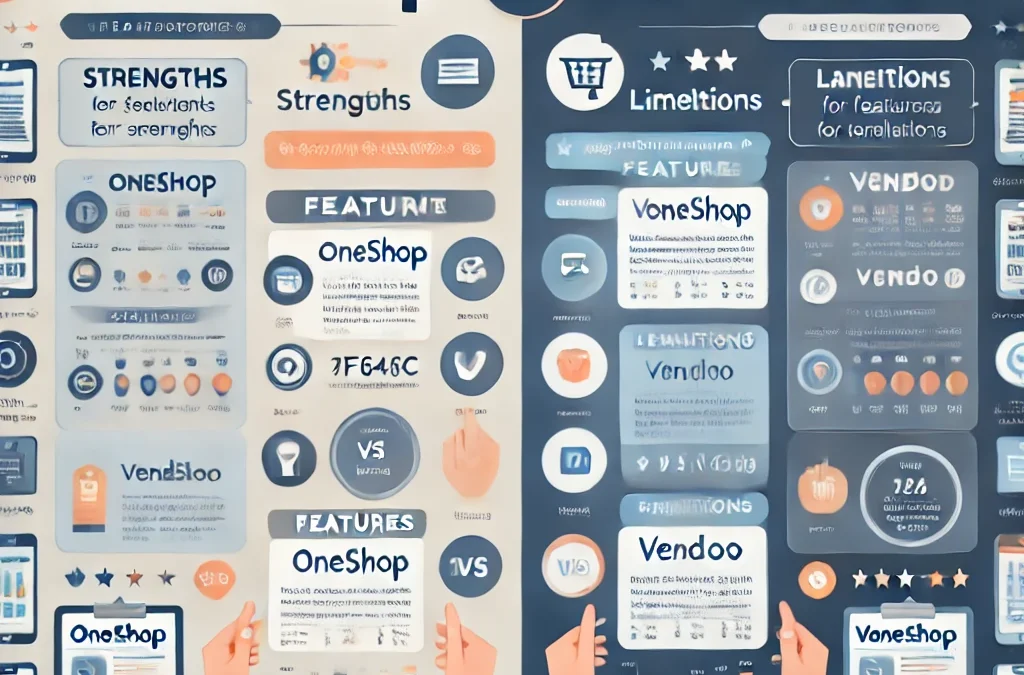
Big Mistakes to Avoid When Creating a Shopify Sales Funnel
Creating a sales funnel for your Shopify store can be a game-changer. A good funnel helps turn leads into customers, improves retention, and boosts revenue. However, the process isn’t always as simple as it seems, and there are common mistakes to avoid.
To help, we’ve created a guide on the key pitfalls to watch out for when building your Shopify sales funnel.
Overlooking the Importance of Good Tools
Here’s the thing—your Shopify sales funnel can only be as good as the tools you use to power it. If you’re relying on outdated systems or manual processes to engage with customers, you’ll struggle to scale effectively.
This is where investing in a sales engagement platform like Yess can make all the difference. These platforms are designed to help you manage customer interactions, streamline communication, and even automate parts of the funnel-building process.
With tools like these, you’re not only saving time but also massively improving the customer experience. Don’t skimp on your tech stack—it can make or break your funnel.
Failing to Understand Your Target Audience
One of the most common mistakes when setting up a Shopify sales funnel is assuming you know what your customers want without confirming it.
Building a funnel without proper research is like throwing darts in the dark—you might hit the target, but most of the time, you won’t. Use analytics tools, surveys, and feedback mechanisms to dig deeper into your audience’s preferences and behaviors.
This research pays off, helping you craft messaging, offers, and strategies that actually resonate with your potential customers. If you skip this step, you’re leaving money on the table.
Neglecting Mobile Optimization
Shopify sales funnels often cater primarily to desktop users, which is a big mistake. Today, a large portion of online shopping happens on mobile devices, and a clunky, unoptimized experience is a surefire way to lose potential customers.
Your funnel should be fully optimized for mobile users, from your landing pages to checkout. Pay close attention to load times, page design, and ease of navigation on smartphones.
Remember, if your customer has to pinch and zoom their way through your site, they’re likely to bounce.
Ignoring the Value of Personalization
Your customers want to feel valued, not like just another number in your database. Ignoring personalization in your Shopify sales funnel is another major pitfall.
Personalization involves tailoring your messages, offers, and recommendations to meet the specific needs of individual customers. This doesn’t have to be overly complicated—a personalized email, a timely product recommendation, or a dynamic landing page can make all the difference.
Use customer data to segment your audience and target them with content that actually feels relevant to their needs.
Skipping Key Sales Engagement Activities
Building a Shopify sales funnel isn’t just about creating pages and hoping for conversions—it’s about actively engaging with your prospects at different stages.
This is where sales engagement activities, like follow-up emails, retargeted ads, or even live chat support, come into play.
These activities help keep your customers interested and nudge them toward making a purchase. Neglecting them often results in lost opportunities and lower conversion rates.
Remember, the more involved you stay in the customer’s decision-making process, the more likely they are to trust your brand and buy from you.
Making it Too Complicated
A common mistake that even experienced sellers make is overcomplicating their sales funnels.
Piling on too many upsells, cross-sells, or multiple pages in the buying process can overwhelm potential customers.
Simplicity is key. Your funnel should guide customers smoothly from point A to point B without unnecessary distractions.
Focus on one main goal for each stage of your funnel and cut out anything that isn’t essential. The easier it is for someone to make a purchase, the more likely they are to follow through.
Failing to Analyze and Adjust
Building a Shopify sales funnel isn’t a one-and-done task—it’s an ongoing process that requires regular tweaking.
One major mistake is failing to analyze your funnel’s performance or ignoring metrics like conversion rates, bounce rates, or cart abandonment rates.
These numbers tell you what’s working and what isn’t, giving you a clear roadmap for improvement. Use split-testing (also known as A/B testing) to try out new elements in your funnel, whether it’s different headlines, layouts, or call-to-action buttons.
Staying in a loop of analyzing and adjusting ensures that your funnel consistently performs at its best.
Forgetting About Post-Purchase Engagement
Many people focus solely on getting that first sale but forget that a sales funnel doesn’t end when a customer completes their purchase.
Post-purchase engagement is crucial for turning one-time buyers into loyal customers. Use thank-you emails, feedback requests, or even exclusive offers to continue the conversation after the sale.
This keeps your brand top of mind and increases the likelihood of repeat purchases. A satisfied customer is your best marketing tool, so don’t ignore this stage of the funnel.
Final Thoughts
A well-crafted Shopify sales funnel can significantly boost your online sales. By avoiding common mistakes and continuously analyzing and adjusting, you can create a smooth, effective process for converting leads into customers.
Remember to always prioritize the user experience, both in terms of design and ease of use. And don’t forget about post-purchase engagement—building relationships with your customers is just as important as making that first sale.
With these tips in mind, you can optimize your Shopify sales funnel for success.











